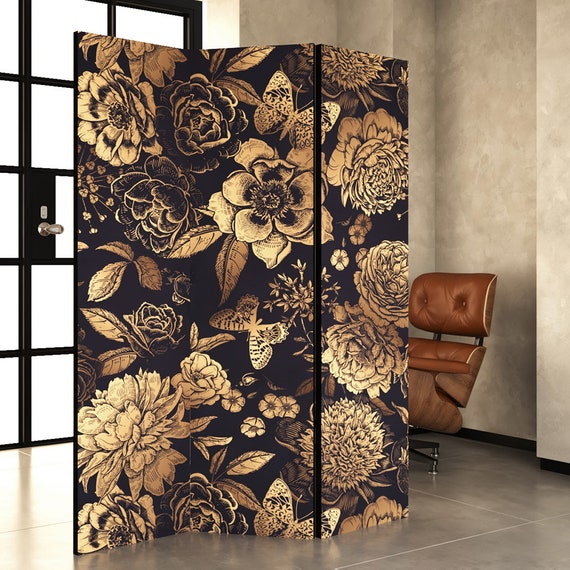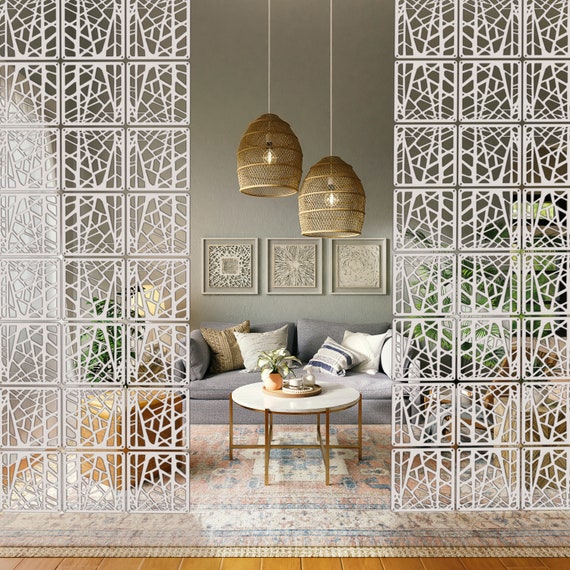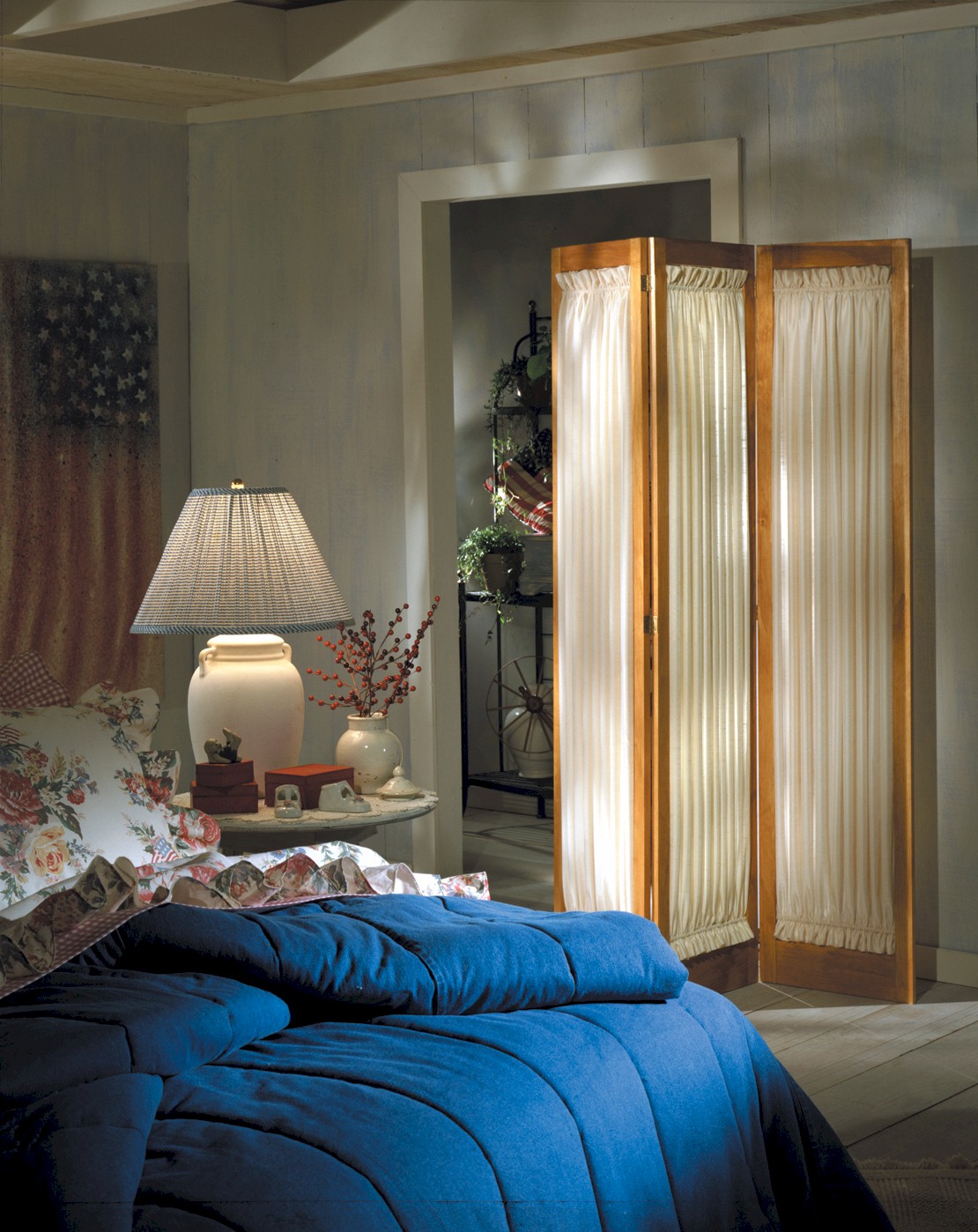In today’s fast-paced world, where space often becomes a premium commodity, decorative room divider screens offer practical and aesthetic solutions. Whether you’re looking to create a private nook in your living room or elegantly separate workspaces in your home office, these versatile pieces can enhance both functionality and style. Having spent years curating my home decor, I can personally attest to the transformative power of a well-chosen divider screen. Join me as we explore the fascinating world of decorative room divider screens!
What Are Decorative Room Divider Screens?
Decorative room divider screens are freestanding panels used to partition off areas within a space, offering both functionality and artistry. They come in various materials, styles, and designs, allowing you to choose the perfect match for your decor theme.
Historical Background
Initially, these screens were popularized in Asia, especially in Chinese culture, where they were used to create private spaces in larger rooms. Over the years, their utility spread across continents, adapting to various architectural styles.
Types of Decorative Room Divider Screens
When selecting a room divider, consider the material, design, and functionality. Here are the most popular types:
1. Wooden Room Dividers
Wooden dividers offer a rustic charm and are often intricately designed. They add warmth to the room and can easily blend with traditional or contemporary decor.
Pros and Cons of Wooden Room Dividers
| Pros | Cons |
|---|---|
| Durable and sturdy | Can be heavy and hard to move |
| Offers excellent insulation | May require maintenance over time |

2. Fabric Room Dividers
Fabric dividers are a lightweight option, often used in casual spaces. They can feature vibrant colors and patterns, offering flexibility in design.
Pros and Cons of Fabric Room Dividers
| Pros | Cons |
|---|---|
| Easy to move and transport | Less durable compared to wooden options |
| Available in a variety of styles | Cleaning may be required to maintain appearance |

3. Metal Room Dividers
Metal screens offer a modern aesthetic, combining strength with sleek design. They work well in minimalist or industrial-themed spaces.
Pros and Cons of Metal Room Dividers
| Pros | Cons |
|---|---|
| Highly durable and long-lasting | Can be cold or uninviting in feel |
| Offers a modern look | May require professional installation for larger screens |

4. Glass Room Dividers
Glass dividers provide an elegant and airy feel while allowing light to filter through, enhancing the openness of a space.
Pros and Cons of Glass Room Dividers
| Pros | Cons |
|---|---|
| Creates an illusion of space | Can be fragile and requires careful handling |
| Easy to clean and maintain | Less privacy than solid dividers |

Choosing the Right Room Divider Screen for Your Space
Selecting the right room divider is essential for achieving your desired look and functionality. Here are some factors to consider:
1. Purpose
Determine what you need the divider for: Is it to create privacy, define areas, or purely for decoration? Understanding the purpose will guide your choice.

2. Space Availability
Measure the area where you plan to place the divider. Ensure that it complements the existing furniture and allows for easy movement.
3. Style
Consider the overall decor of your home. Look for screens that match or contrast beautifully with your existing color palette and design theme.

4. Mobility
If you plan to move the divider around frequently, opt for lighter materials or those with wheels for easy relocation.
5. Budget
Set a budget before browsing options to avoid overspending. Decorative room divider screens come in a range of prices, so there is something for everyone.
Decorative Room Divider Screens in Different Settings
Decorative room dividers can be used in various environments, each with its unique applications:
1. Home
In a residential setting, dividers can serve multiple purposes, from creating cozy reading corners to defining sleeping areas in studio apartments.
2. Offices
Inworkspaces, decorative dividers can enhance privacy for remote workers while maintaining an open feel in collaborative areas.
3. Events
For events like weddings or parties, room dividers can help create distinct areas, such as lounges or dining spaces, improving flow and organization.
DIY Ideas for Decorative Room Divider Screens
If you’re feeling creative, DIY room divider projects can add a unique touch to your home. Here are some ideas:
1. Reclaimed Wood Divider
Using reclaimed wood can give your space a rustic charm. Simply attach wooden panels to a frame for a fantastic eco-friendly option.
2. Fabric Hanging Panels
Using a tension rod, hang colorful fabric panels to create a vibrant and flexible divider that is easy to change up when the mood strikes.
3. Decorative Screens from Old Doors
Old doors can be repurposed into stunning room dividers. A little paint and creativity can turn simple doors into artistic masterpieces.
Maintenance Tips for Decorative Room Divider Screens
To ensure the longevity of your room divider screens, proper maintenance is key. Here are some tips:
1. Dust Regularly
Just like any furniture, dust can accumulate on your screens. Use a soft cloth or duster to keep them clean.
2. Inspect for Damage
Check for any signs of wear, especially with wooden and fabric dividers. Promptly address any issues to prevent further damage.
3. Follow Cleaning Guidelines
Each material has its cleaning requirements. Ensure you follow the manufacturer’s guidelines for cleaning and maintenance.
Comparing Popular Brands of Decorative Room Divider Screens
Before making a purchase, it’s beneficial to compare options. Here’s a table showcasing some popular brands:
| Brand | Material | Price Range | Unique Feature |
|---|---|---|---|
| IKEA | Wood | $$ | Minimalistic designs |
| Wayfair | Fabric | $$$ | Vast selection of patterns |
| AmazonBasics | Metal | $ | Affordable and sturdy |
| Home Depot | Glass | $$$ | Customizable options |
FAQs About Decorative Room Divider Screens
What is the purpose of a room divider screen?
A room divider screen serves to partition a space, creating privacy or defining areas while also adding decorative elements to a room.
Can room divider screens be used outdoors?
Yes, many room divider screens are designed for outdoor use, providing privacy and style on patios or balconies.
How tall are typical room divider screens?
Most room divider screens range from 5 to 7 feet tall, but heights can vary based on style and design.
Are room dividers easy to set up?
Yes! Most screens are freestanding and do not require complex installation, making them easy to set up and rearrange as needed.
Conclusion
Decorative room divider screens are a fantastic way to enhance both the functionality and aesthetics of your space. They provide privacy, define areas, and add a unique touch to your home or office. With a plethora of styles and options available, you’re sure to find the perfect screen that reflects your personality and meets your needs. I hope this guide has equipped you with the knowledge to select the ideal decorative room divider for your space!